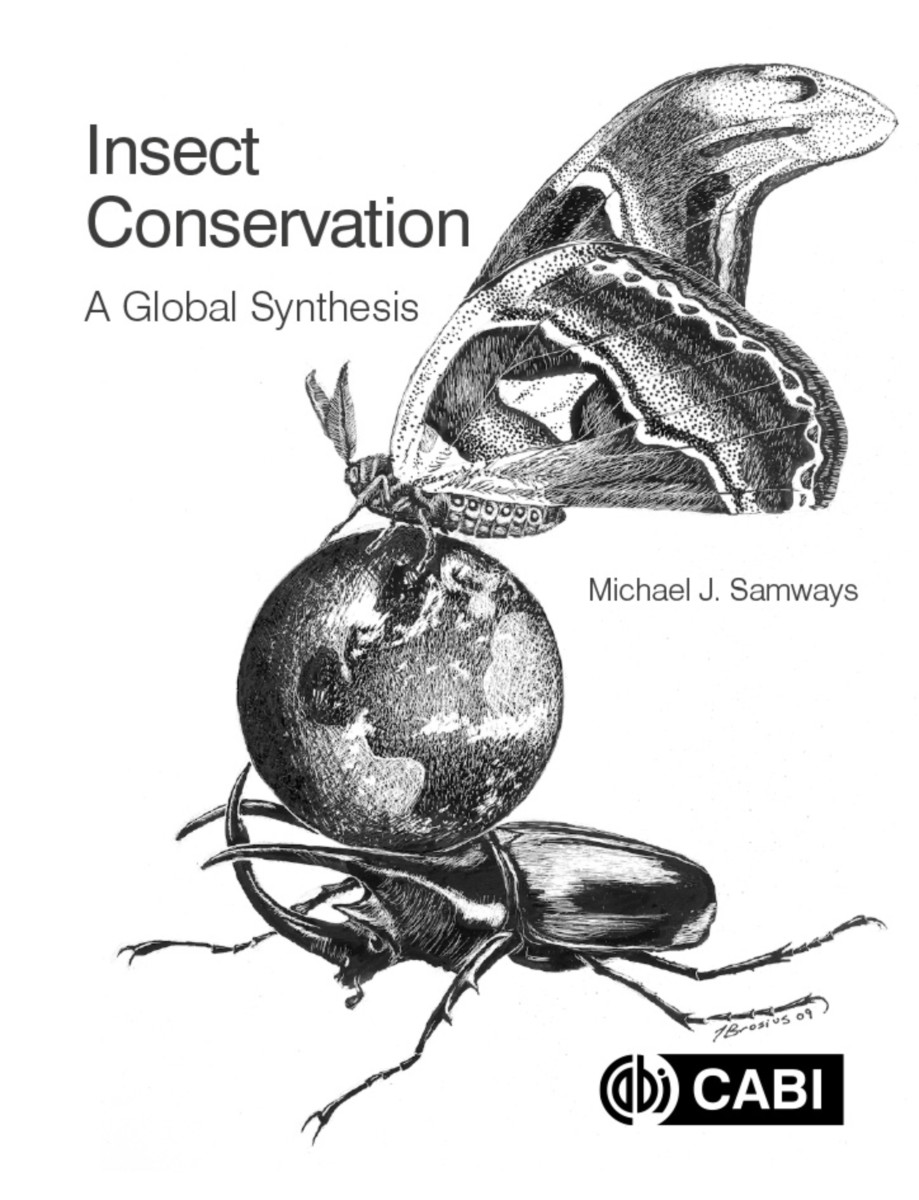Insect Conservation
A Global Synthesis
- Publisher
CABI - Published
20th December 2019 - ISBN 9781789241679
- Language English
- Pages 600 pp.
- Size 7" x 9"
- Images illus
- Request Exam Copy
- Publisher
CABI - Published
20th December 2019 - ISBN 9781789241686
- Language English
- Pages 600 pp.
- Size 7" x 9"
- Images illus
- Request Exam Copy
Insect Conservation: A Global Synthesis is a landmark, field-defining work written by Professor Michael Samways, one of the founding fathers of this burgeoning discipline of conservation science. It presents a state-of-the-art, comprehensive review of the entire field of insect conservation, from single-species conservation to whole-ecosystem approaches, and from natural ecosystems to the urban landscape.
The variety and number of insects are truly vast. They are the most speciose group of organisms on Earth, with the majority barely known to science or still not described at all. They are a vital component in all terrestrial ecosystems, which would fail to function normally without them.
Insect populations worldwide are under threat. Human-mediated degradation of natural habitats, pollution, over-use of pesticides, and the spread of urbanization has led to the collapse of insect populations in many areas of the world. A growing recognition of the importance of insects in natural and agricultural systems has stimulated the development of an entire discipline dedicated to their conservation.
Insect Conservation: A Global Synthesis is designed to be used by students of conservation biology and ecology, but also serves as an essential overview for professional entomologists with an interest in conservation, and for conservationists interested in insects. The book communicates on three levels: (i) through the text, with extensive references providing a gateway to the ever-increasing primary literature; (ii) through the extensive use of carefully constructed illustrations, with detailed captions which act to summarize the text and are complete in their own right; and (iii) through focused key points at the end of every chapter, which summarize the main learning points for students.
1: Foundations for insect conservation
2: Landscape-scale insect conservation in three dimensions
3: Landscape descriptors and insect conservation dynamics
4: Species-level operational scale in insect conservation
5: Approaches and perspectives in insect species conservation
6: Agroecology and insect conservation
7: Insect conservation in forest, grassland, and cave systems
8: Conservation of freshwater insects
9: Insect conservation in towns and cities
10: Restoration of insect habitats
11: Ecological assessment, inventorying and mapping in insect conservation
12: Surrogacy, bioindication and monitoring in insect conservation
13: Future-proofing the world of insects
Michael J. Samways
Michael J. Samways, Fellow of the Royal Society of South Africa and Member of the Academy of Science of South Africa, is a Distinguished Professor in the Department of Conservation Ecology & Entomology, Stellenbosch University, South Africa. He focuses on all aspects of insect conservation, both nationally and internationally. Michael is the recipient of the John Herschel Medal of the Royal Society of South Africa, the Senior Captain Scott and Gold Medals of the South African Academy of Science and Arts, and Gold Medal of the Academy of Science of South Africa. He received the life-time Stellenbosch University Chancellor's Award, and IUCN/Species Survival Commission Chair's Citation of Excellence. He and his team, the Mondi Ecological Networks Programme, were named Winner of the NSTF-South32 Award.
Conservation Biology


